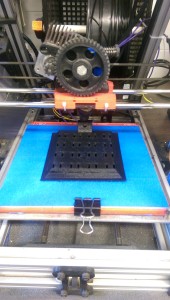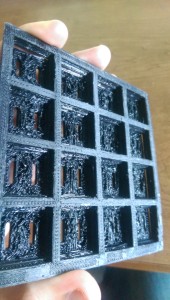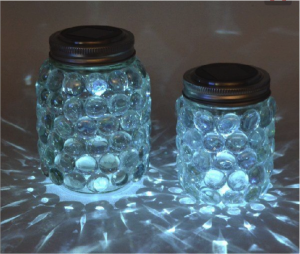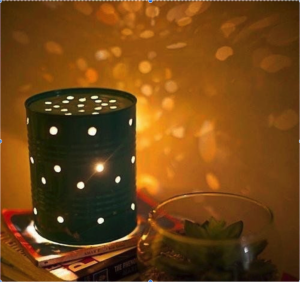I have three ideas.
1) 3D caustics
2) Moving color pattern
3) Spinning reflective curve tracer
I will go through each of these.
I have fooled around with 3D glasses before. For example, I have combined photos taken an eye width apart into 3D images using Photoshop. Something that has been in the back of my mind for a while is: could a 3D image be created another way, without Photoshop or even computers in general? According to Instructables, people have already made multiple types of camera attachments for this purpose, so I guess that was not an original idea. The concept of this class, ‘Light art’, and artists who use light to project shadows, gave me a more original idea: to create 3D images without even a camera by using shadows. If two light sources are mounted an eye width apart, one red and one cyan, the shadows projected should theoretically be viewable under 3D glasses. This is because the two light sources are analogous to the two eyes of the viewer, ‘seeing’ the object from two directions. The 3D glasses show each of our eyes what just one of these light sources is ‘seeing’. I made the sketch below to illustrate this.
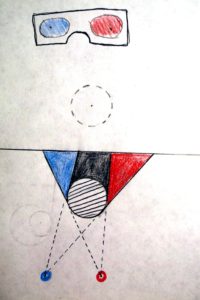
Notice that the image is projected onto paper and seen from the other side by the viewer. The positions of the eyes and light sources are mirrored across the plane of the paper, so the perceived 3D object’s orientation will be mirrored from its actual orientation. Also, the red light source must be on the same side as the red lens. Perhaps this technique could be combined with raw film to preserve the images without a camera? However, it is more of a demonstration than an interactive piece. I was brainstorming about project ideas with Alex Wald and he mentioned that he might use fluids in his project. This gave me the idea of viewing caustics in 3D. If you haven’t heard of caustics, they are refracted patterns such as those seen on the swimming pool floor, pictured below.
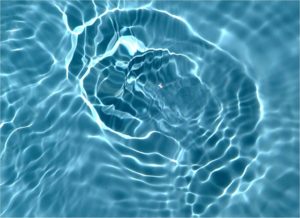
Caustics would be an interesting subject for two reasons: 1) the user can interact with the water, and 2) the 3D shapes visualized would not a direct representation of the physical fluid shape, but would visualize the data in another way. These shapes would still be 3D, because of the two light sources, but what would they look like? What would their properties be? I would love to play with this!
My roommate recently got an RGB strip for the room. It came with a remote with many colored buttons. I noticed that when viewed under the changing lights, the colored buttons changed drastically.

I was aware of this effect before, but this reminded me of it and gave me an idea. Could a printed color pattern be made such that as the incident light color is varied, the pattern appears to animate? The pattern could be printed out, and the incident light could be supplied by RGB LEDs or by light passed through a multicolored rotary filter. In developing this, my first step would be to consider the motion of the darkest area as the light changes. Maybe I could start with something simple like dark spots moving around a circle?
- Spinning reflective curve tracer
This is an idea that I already started working on this summer (is that cheating?). I was a passenger on a long road trip on the highway and I was looking at the hubcaps of the other cars. I noticed that as they spun in the bright sunlight, they traced out intricate patterns. I started to wonder, what if this process could be reversed? What I mean is, given a desired curve you want the hubcap to trace out, can you design the hubcap that will produce it? One novel application would be to allow a car company to advertise its logo on the hubcap in a very eye catching way. I did a lot of math and thinking about this, but I won’t bore you with the details. I will summarize the basic idea. I first made the simplifying assumptions that the sun is infinitely far away and your eye is at the same height as the hubcap. Then, any point on the hubcap that is bright must be inclined at 45 degrees at that time to reflect at your eye. Using this insight, we can determine the slope at any point on the hubcap. Slope is the same thing as derivative, so the three dimensional shape of the hubcap can be determined by numerical integration. I wrote a program in Matlab that takes in the desired curve, finds the 3D point cloud by numerical integration, and saves it to a file. This file can be imported into Solidworks and tampered with. The next step would be to CNC machine or 3D print it. It would have a rough surface if 3D printed, but I read online that 3D printed parts can be given a mirror smooth polish using acetone vapor. There is some flaw in either the math or the code because the hubcaps don’t reflect exactly as they should in Solidworks. What if it takes a long time to fix? Below are pictures of some output shapes.
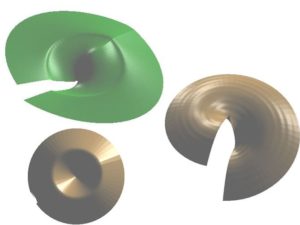
I am leaning towards 3D Caustics.
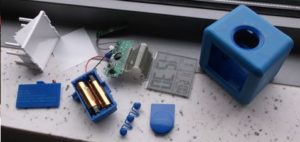
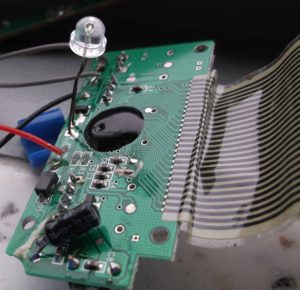
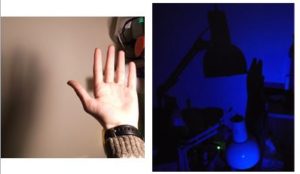





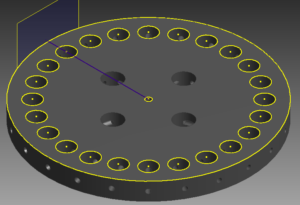
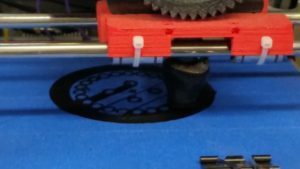
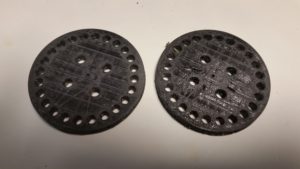

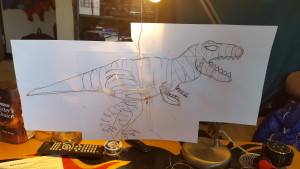

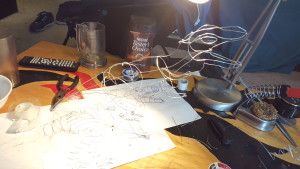
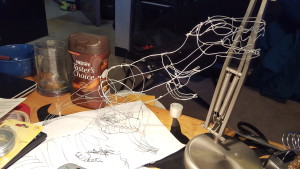
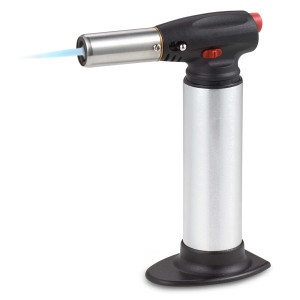
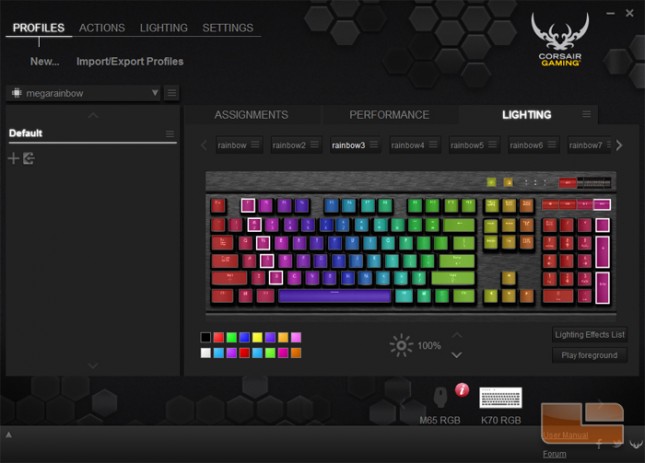
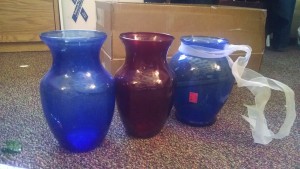

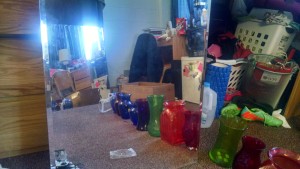
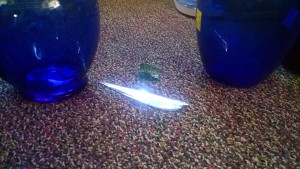
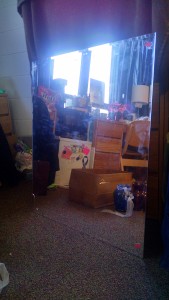
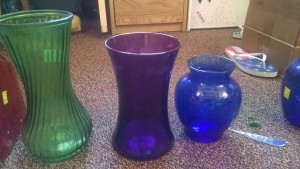
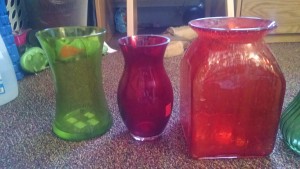
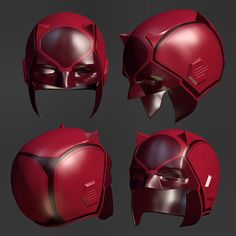
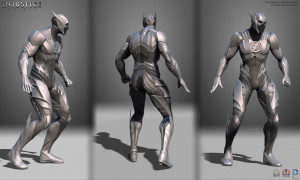



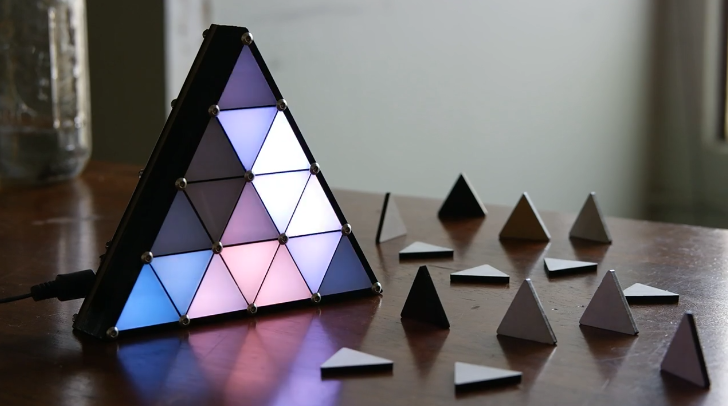
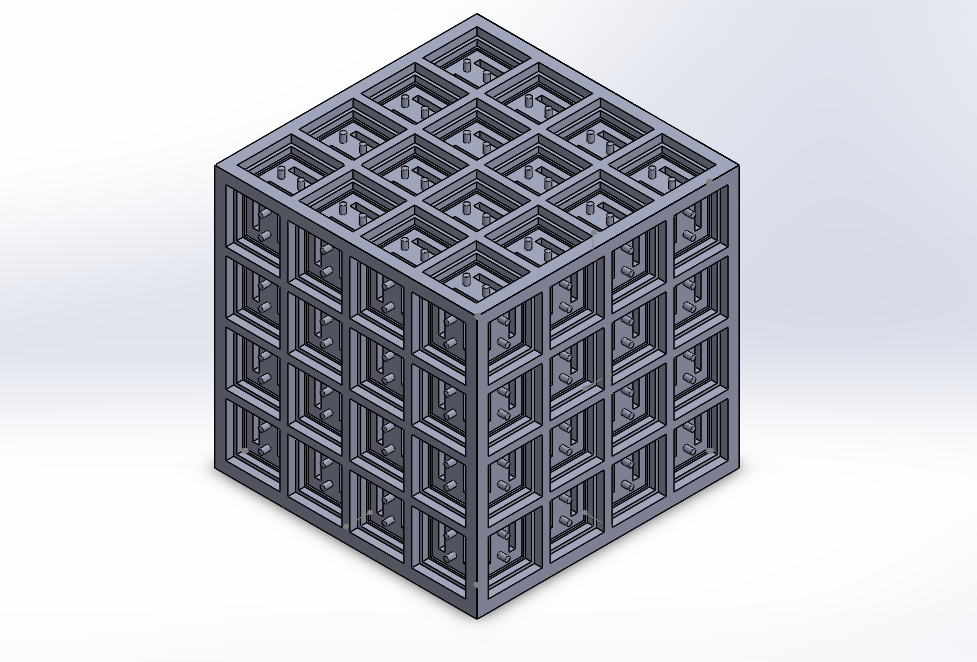 I have modeled a rough draft of the structure for the cube.
I have modeled a rough draft of the structure for the cube.